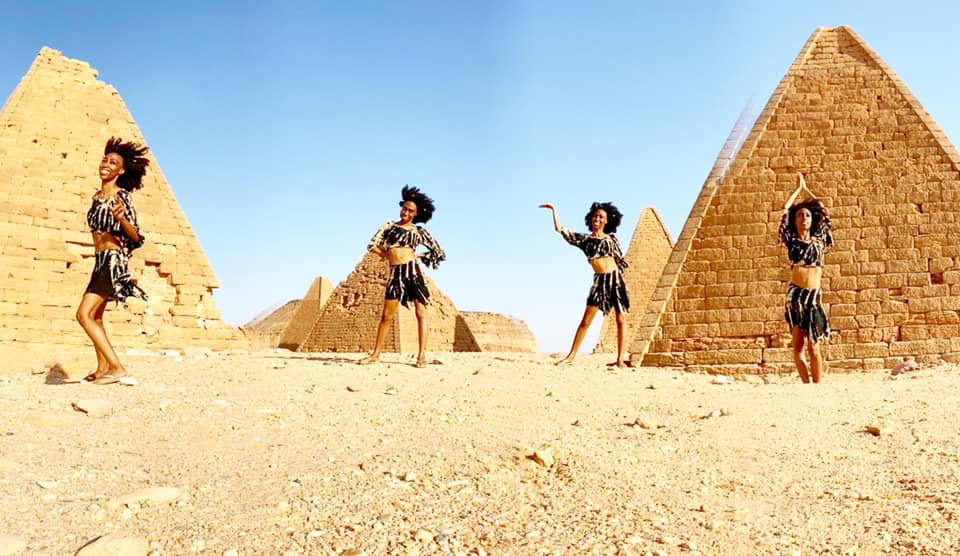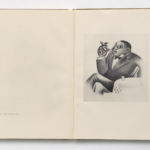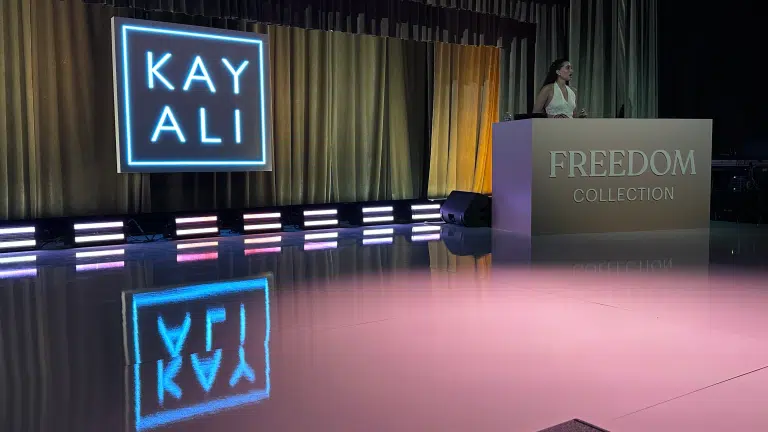I had the distinct pleasure of traveling to Sudan, Africa during the height of the global pandemic and during a period of transfer of power to become a civilian government. Maybe I just needed to get out of the country because I take issue with authority telling me where I can and cannot travel and when. But, in reality, I just wanted an escape from the trauma and drama of dealing with the U.S. Presidential election of November 2020.

I didn’t need a vaccine at the time to enter the country-all I needed was a negative COVID-19 test within 48 hours of my travel date. I just wish I had remembered that as I journeyed back home because I was not able to layover in Cairo, Egypt longer than six hours without proof.
Moving on, it was one of the most memorable experiences in my life, but I can show you so much better than I can tell you. Here are some of my TRAVEL POST DAILY videos documenting my tour around Khartoum, Sudan along with visiting Jebel Barkal, and Meroë around the Kingdom of Kush, land of the Nubians:
Barkal and the Sites of the Napatan Region comprise five archaeological sites on both sides of the Nile in an arid area considered part of Nubia. Together they cover an area more than 60 km long. The sites (Gebel Barkal, Kurru, Nuri, Sanam and Zuma) represent the Napatan (900 – 270 BC) and Meroitic (270 BC – 350 AD) cultures of the second kingdom of Kush. They include tombs, with and without pyramids, temples, burial mounds and chambers, living complexes and palaces. They exhibit an architectural tradition that shaped the political, religious, social and artistic scene of the Middle and Northern Nile Valley for more than 2000 years (1500 BC- 6th Century AD). The pyramids, tombs, temples, palaces, burial mounds and funerary chambers set in the desert border landscape on the banks of the Nile, are unique in their typology and technique. The remains, with their art and inscriptions, are testimony to a great ancient culture that existed and flourished only in this region. Gebel Barkal has been a sacred mountain since New Kingdom times (ca. 1500 BC). The Egyptians believed that their State God Amon resided in this “Holy Mountain”. Today, the mountain is locally named (Gebel Wad el-Karsani) after a Muslim sheikh (saint) buried near the 100m high, flat-topped sandstone rock. The mountain is closely associated with religious traditions, since the tomb of this sheikh is still being visited by the local people for blessings.
Moving onward, Team EBMG takes you inside the Nubian Rest House in Karima, Napata, Sudan near Jebel Barkal within the Nubian Sahara Desert.
Review from Steppes Travel: Incorporating local architecture and influenced by Nubian styles, this charming small hotel is surrounded by carefully cultivated gardens. Its weather-worn and ornate Nubian door presents an intriguing welcome for arriving guests. A relaxing base for visiting Karima’s sights, it sits at the foot of the Jebel Barkal, the holy mountain of the ancient Egyptian and Nubian Pharaohs. The hotel’s 22 rooms come with relaxing private verandas and feature traditional hand-laid brick domes, which help to keep them cool. Each room features an en-suite bathroom and air conditioning, whilst an excellent restaurant forms part of the main building. Between October and April, an Italian manager supervises the running of the rest house, adding a dash of Mediterranean flair to the Nubian feel. Why we like the Nubian Rest House: •Wonderfully positioned in a village that is bustling with culture, the Nubian Rest House offers a comfortable, yet traditional, escape from the Sudanese desert. It is a boutique hotel that remains true to its origins – preserving a relaxing, content and authentic atmosphere.
The Nubian Rest House is a calming oasis in Sudan’s mysteriously beautiful desert landscape. The warm Sudanese hospitality is unmistakable, and we felt right at home. The Nubian Rest House is the perfect launching pad for an adventure of digging into Sudan’s rich history. Once known as Napata, this area dates back to 1075 B.C. and the reign of the Nubian pharaohs that ruled across Kemet, the Kingdom of Kush. Upon returning from a day of desert explorations with an appetite ready to feast, we set our own time for dinner and had our own personal chef at the on-site elegant dining hall. High domed ceilings give the dining room an airy feeling. The menu is a mix of western and local dishes.


















